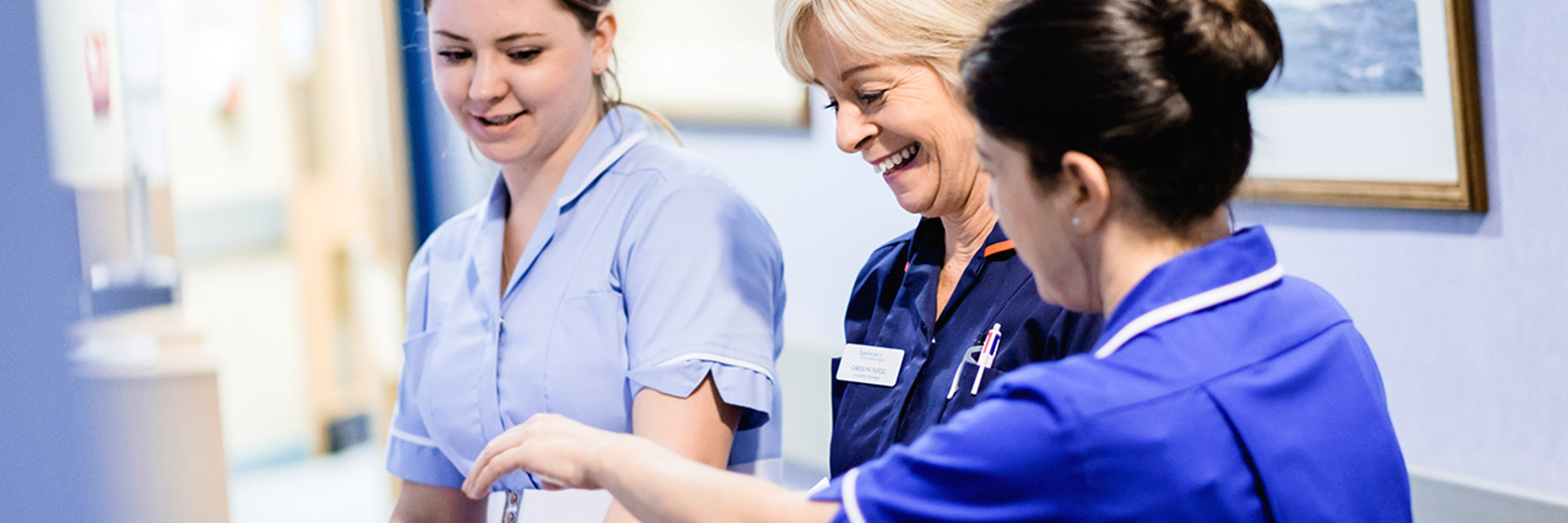ENT
 Our ENT (Ear, Nose, and Throat) service provides GP-led specialist care for a variety of conditions affecting the head and neck. From hearing issues and sinus problems to minor throat concerns and more, our experienced clinicians offer expert assessments and tailored treatment plans.
Our ENT (Ear, Nose, and Throat) service provides GP-led specialist care for a variety of conditions affecting the head and neck. From hearing issues and sinus problems to minor throat concerns and more, our experienced clinicians offer expert assessments and tailored treatment plans.
This includes:
- Microsuction removal of wax
- Nasal cautery for nose bleeds
- Flexible nasendoscopy for diagnosing a range of throat conditions
- Balance Disorders, such as the Epley manoeuvre for BPPV
- Ear infections etc.
We focus on addressing the root cause of your symptoms and providing clear, practical solutions to improve your quality of life. If you’re dealing with ongoing ENT issues or need a specialist opinion, we are here to help.
Onward referral to our ENT consultant colleagues can be arranged if surgical management is required. This can be discussed during your consultation.
Microsuction
 Ear microsuction is a modern method for removing earwax using gentle suction.
Ear microsuction is a modern method for removing earwax using gentle suction.
It involves a specialist using a microscope or magnifying loupes to see inside the ear canal clearly, and a small suction device to remove the wax precisely and safely.
Benefits of ear microsuction over traditional syringing include:
1. Safety
Microsuction is safer, especially for patients with perforated eardrums or ear infections, as it doesn’t involve water.
2. Comfort
The procedure is generally more comfortable and quicker, often taking just a few minutes.
3. Effectiveness
It has a higher success rate in completely removing earwax, with fewer complications.
4. No Pre-treatment Needed
Unlike syringing, microsuction often doesn’t require ear drops to soften the wax beforehand.
5. Reduced Risk of Infection
Since no water is used, the risk of infection is lower.
Overall, microsuction is considered the safest and most effective method for earwax removal
Flexible Nasoendoscopy
 Flexible nasoendoscopy is a diagnostic procedure that involves inserting a thin, flexible tube with a light and camera (endoscope) through the nasal passages to visualise the nasal cavity, sinuses, and throat
Flexible nasoendoscopy is a diagnostic procedure that involves inserting a thin, flexible tube with a light and camera (endoscope) through the nasal passages to visualise the nasal cavity, sinuses, and throat
This procedure helps doctors diagnose and assess various conditions affecting these areas.
Benefits of flexible nasoendoscopy include:
1. Minimally Invasive
The procedure is less invasive compared to other diagnostic methods, causing minimal discomfort.
2. Quick and Efficient
It provides immediate and detailed visual information, allowing for rapid diagnosis and treatment planning.
3. Versatile
It can be used to diagnose a wide range of conditions, such as nasal polyps, chronic sinusitis, and throat disorders.
4. No Need for General Anesthesia
Typically, only a local anesthetic spray is used, making it safer and more convenient for patients.
5. Outpatient Procedure
It is usually performed in an outpatient setting, meaning patients can go home shortly after the procedure.
Nasal Cautery for Nose Bleeds (epistaxis)
 Nasal cautery using silver nitrate sticks is a procedure to treat recurrent or severe nosebleeds (epistaxis).
Nasal cautery using silver nitrate sticks is a procedure to treat recurrent or severe nosebleeds (epistaxis).
It involves applying a silver nitrate stick to the bleeding area inside the nose to cauterize (burn) and seal the blood vessels.
Benefits to the patient include:
1. Effective Bleeding Control
It effectively stops active bleeding and reduces the risk of future nosebleeds from the same spot.
2. Minimally Invasive
The procedure is minimally invasive and typically performed in an outpatient setting.
3. Quick and Simple
It is a relatively quick procedure, often completed within minutes.
4. No General Anesthesia Needed
Usually, only a local anesthetic spray is required, making it safer and more convenient.
5. Targeted Treatment
It specifically targets the problematic blood vessels, minimizing damage to surrounding tissues.
Benign Paroxysmal Positional Vertigo (BPPV)
 Benign Paroxysmal Positional Vertigo (BPPV) is a common inner ear disorder that causes sudden episodes of vertigo (a spinning sensation) triggered by changes in head position.
Benign Paroxysmal Positional Vertigo (BPPV) is a common inner ear disorder that causes sudden episodes of vertigo (a spinning sensation) triggered by changes in head position.
It occurs when tiny calcium carbonate crystals (otoconia) in the inner ear become dislodged and move into the semicircular canals, disrupting normal balance signals.
Treatment for BPPV includes:
1. Canalith Repositioning Maneuvers
These are specific head and body movements, such as the Epley maneuver, performed by a healthcare professional to move the dislodged crystals back to their proper location.
2. Vestibular Rehabilitation Therapy (VRT)
This involves exercises designed to improve balance and reduce dizziness symptoms.
3. Medication
In some cases, medications may be prescribed to manage nausea and dizziness.
4. Surgery
Rarely, if other treatments are ineffective, surgical options may be considered.
BPPV is usually not serious and can often be effectively treated with these methods.
Nasal Polyps
 Nasal polyps are soft, painless, noncancerous growths that develop on the lining of the nasal passages or sinuses due to chronic inflammation.
Nasal polyps are soft, painless, noncancerous growths that develop on the lining of the nasal passages or sinuses due to chronic inflammation.
They can cause symptoms like nasal congestion, runny nose, loss of smell, and sinus pressure.
A simple flexible Nasoendoscopy procedure will diagnose the condition.
Treatment for nasal polyps include:
1. Nasal Corticosteroids
These sprays help reduce inflammation and shrink the polyps.
2. Oral Corticosteroids
For more severe cases, oral steroids may be prescribed to reduce the size of the polyps.
3. Surgery
If medications are ineffective, endoscopic surgery may be performed to remove the polyps.
4. Managing Underlying Conditions
Treating allergies, asthma, or infections that contribute to chronic inflammation can help prevent polyp recurrence.
